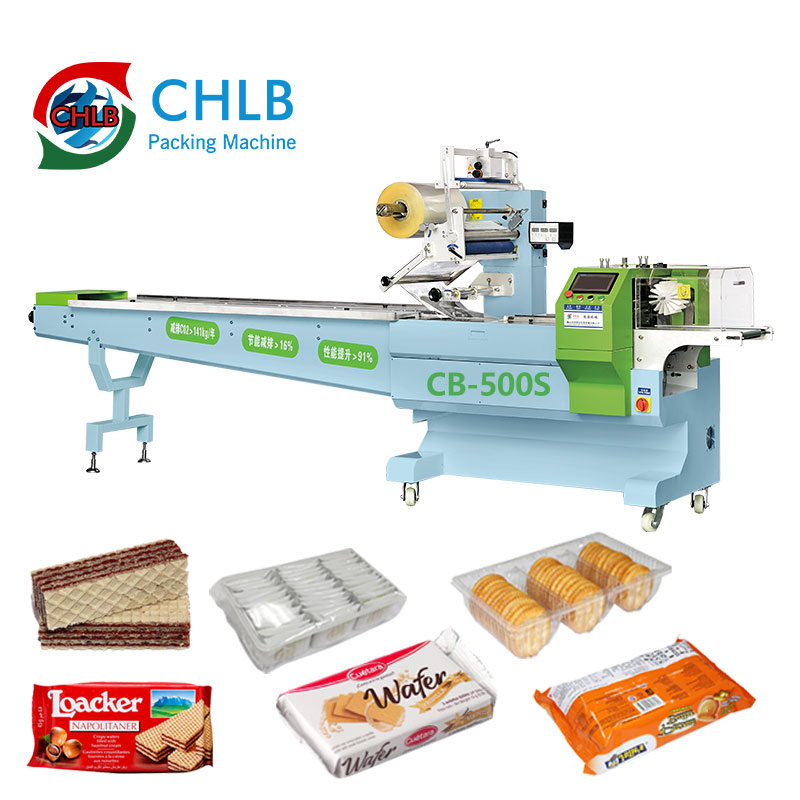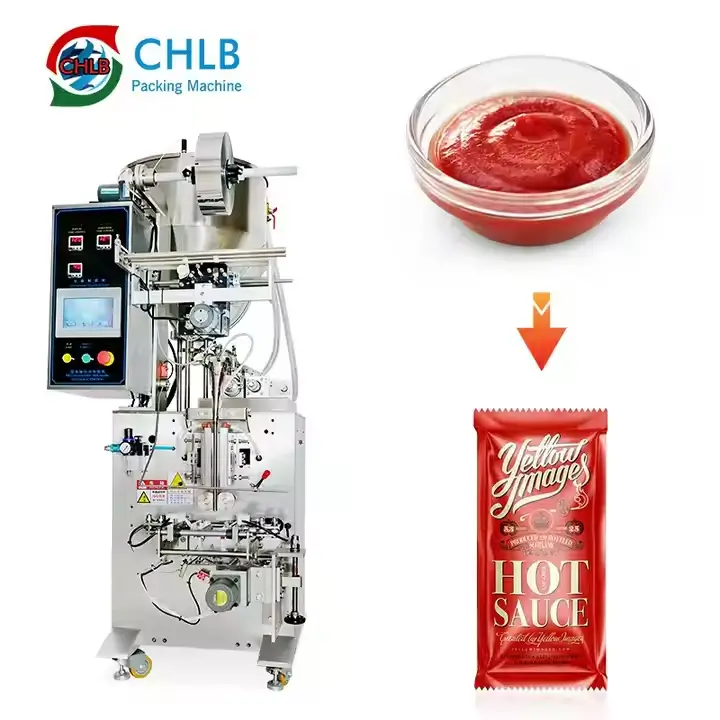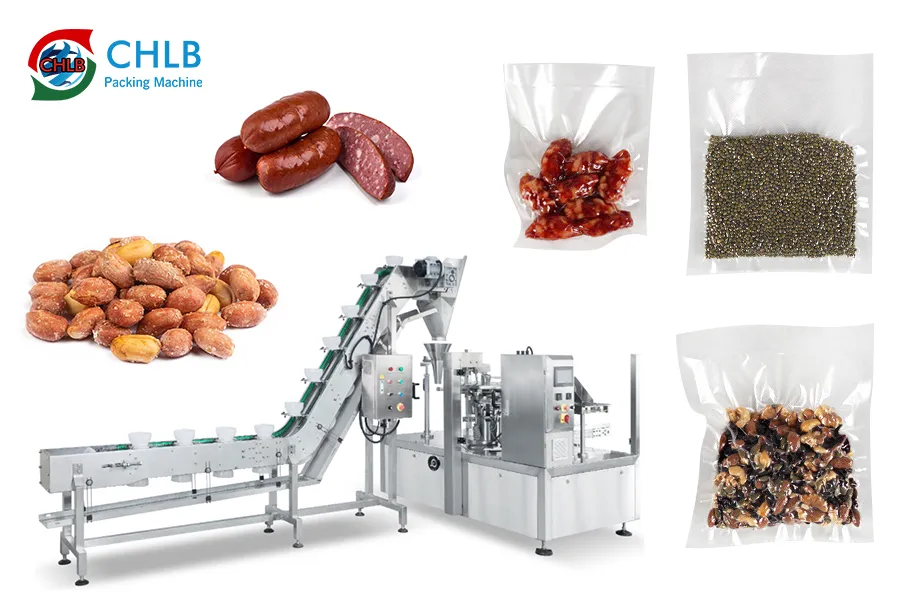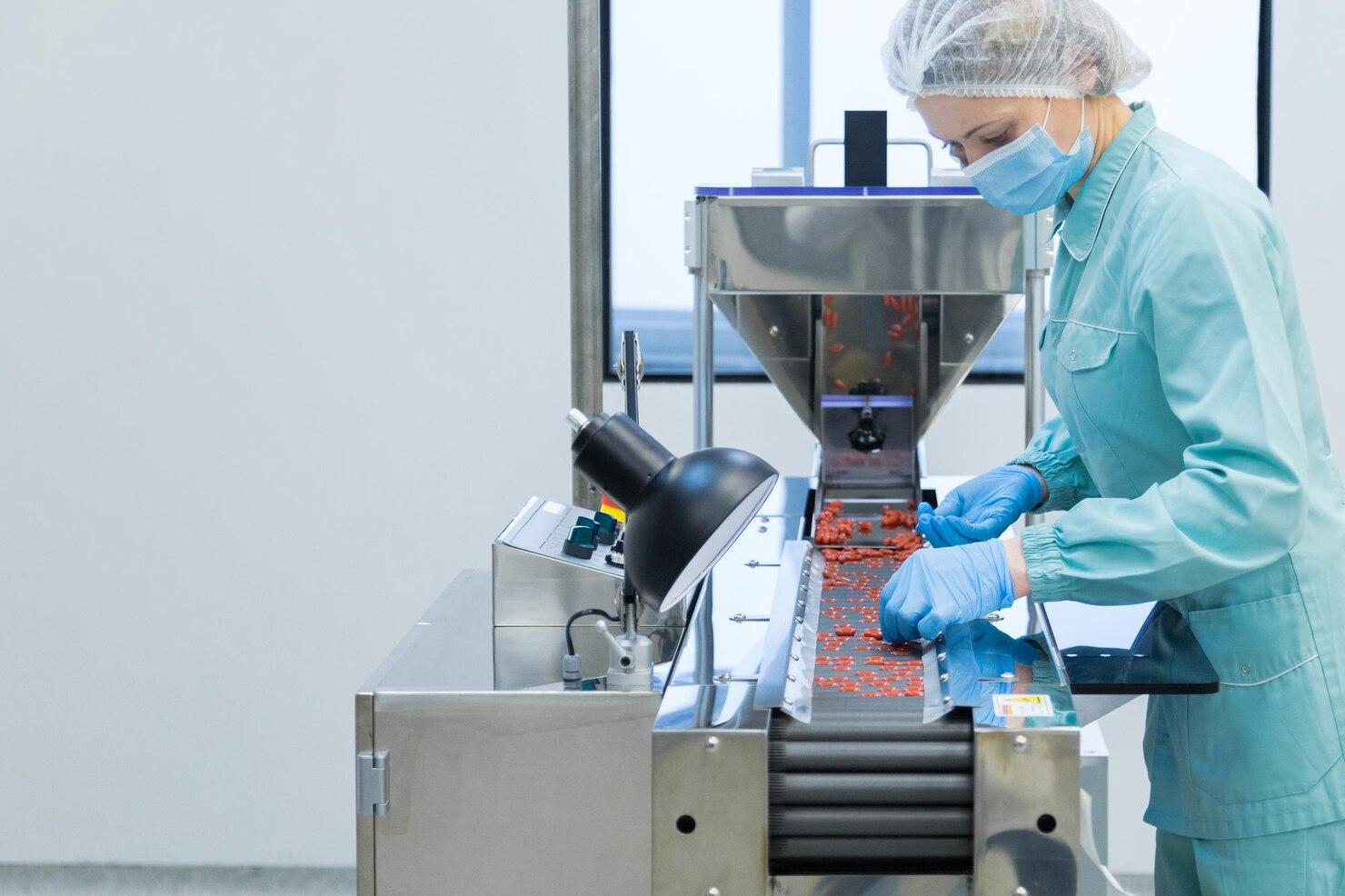In the dynamic realm of packaging, efficiency and innovation intertwine to present solutions that cater to an ever-evolving market. Among these, flow wrap packaging stands out as a versatile, cost-effective method that has revolutionized product presentation and preservation. This article delves into the intricacies of flow wrap packaging, unveiling its benefits, applications, and the materials that make it an indispensable tool in modern manufacturing.
What Is Flow Wrap Packaging?
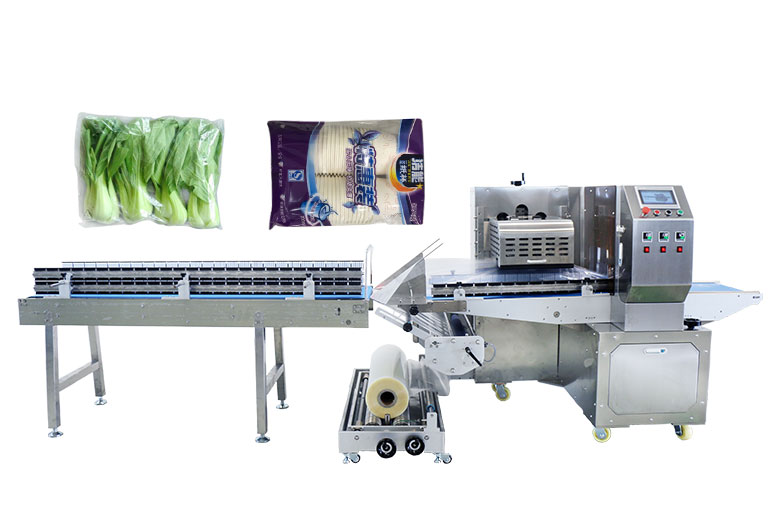
Flow wrap packaging, also known as horizontal form-fill-seal (HFFS), is a packaging method wherein products are enveloped in a continuous film of plastic or other materials, then sealed and cut into individual units. This method is characterized by its high-speed operation and adaptability to various product shapes and sizes. From confectionery to 하드웨어, flow wrap packaging ensures products are securely encased, enhancing both their shelf appeal and protection.
How Does Flow Wrapping Machine Work?
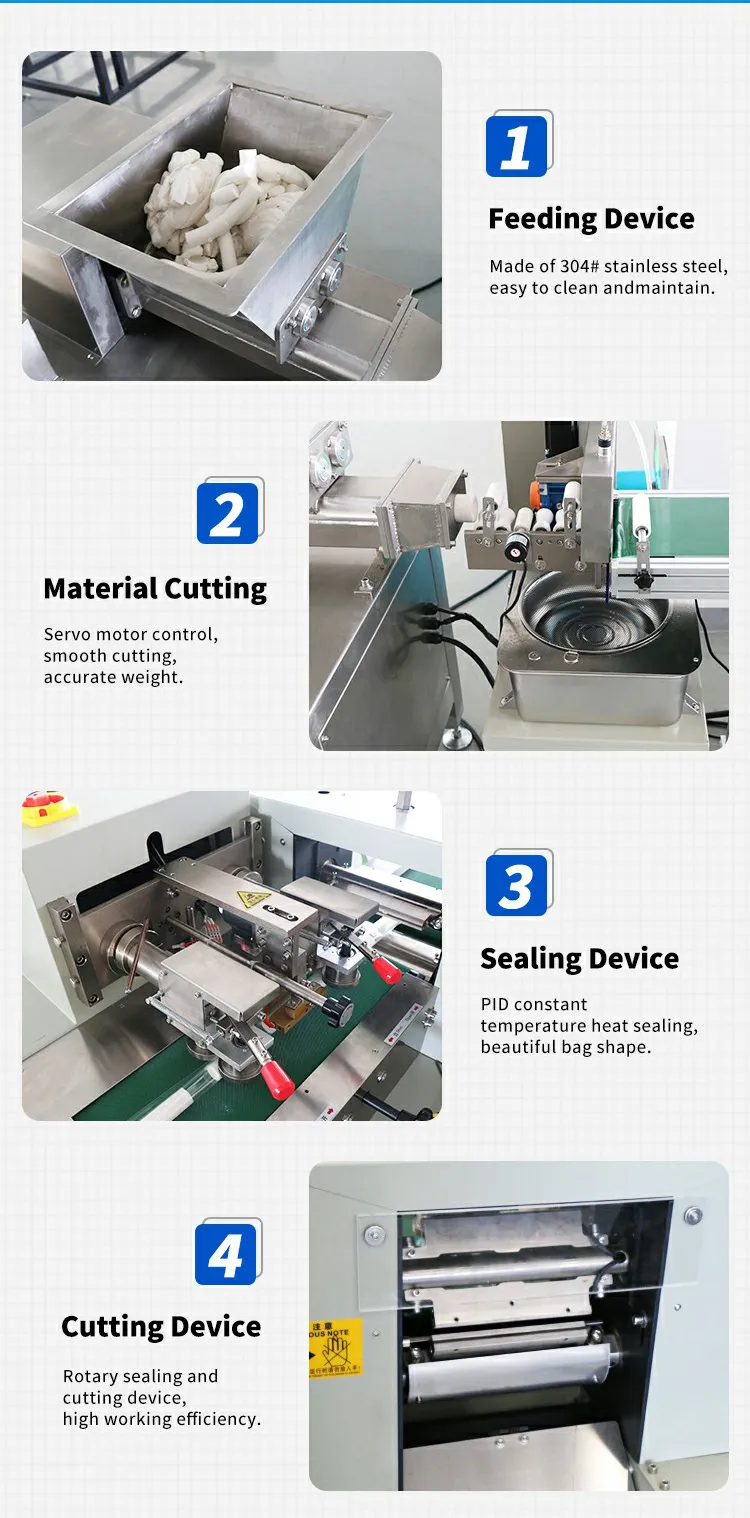
The flow wrapping process begins with the unwinding of the packaging film from a roll. This film is then guided through a series of forming collars and tubes, which shape it into a continuous, hollow tube. As the product moves into this tube, the flow wrapper machine simultaneously seals the film along its length, creating a seam, and cuts it into individual packages. The end seals are made using heat or adhesive, depending on the material and product requirements. This seamless integration of forming, 충전재, and sealing underscores the efficiency of flow wrapping machines.
Benefits of Flow Wrap Packaging Machine
Increased Efficiency and Productivity
Flow packaging machines are paragons of efficiency. Their ability to package products at high speeds—sometimes up to hundreds of units per minute—translates to increased productivity and reduced labor costs. Automated operations minimize human intervention, thus curbing errors and downtime.
Versatility in Packaging Different Products
One of the standout features of flow wrap packaging is its versatility. These machines can handle a wide array of products, from delicate baked goods to robust industrial parts. Adjustable settings allow for customization of package size and film type, making it an ideal solution for diverse industries.
Cost-Effectiveness of Flow Wrap Packaging
The economic advantages of horizontal flow wrap machine are manifold. Reduced material wastage, lower labor costs due to automation, and high-speed operations contribute to significant cost savings. 추가적으로, the compact nature of flow wrap packaging can lower shipping costs by optimizing space usage.
Extended Shelf Life of Products
Horizontal flow wrapper plays a pivotal role in extending the shelf life of products. The airtight seals protect against contamination, 수분, and oxygen infiltration, preserving the freshness and quality of perishable goods. For non-perishables, it ensures longevity by shielding against external factors.
Enhanced Product Visibility and Appeal
Transparent films used in flow wrap packaging offer a clear view of the product inside, enhancing its visual appeal on store shelves. This transparency can be a crucial selling point, allowing consumers to inspect the product before purchase. 뿐만 아니라, branding and labeling opportunities on the film add to the marketing potential.
Protection Against External Factors
Products wrapped in flow wrap packaging are safeguarded against various external factors such as dust, dirt, and mechanical damage. This is particularly vital for food items and pharmaceuticals, where hygiene and safety are paramount. The robust sealing ensures that the contents remain uncontaminated and intact throughout their shelf life.
Application of Flow Wrapping Machine
식품
식품산업에서는, flow wrap packaging is ubiquitous. It is used to package an array of items including chocolates, 비스킷, 빵, and fresh produce. The packaging’s ability to maintain product integrity and extend shelf life is invaluable in preserving the quality and taste of food products.
Non-food Products
Beyond food, flow wrap packaging finds extensive use in non-food sectors. Items such as electronic components, stationery, and personal care products benefit from the protective and aesthetic qualities of flow wrap. The flexibility in packaging size and material choice makes it suitable for diverse applications.
Pharmaceutical Products
The pharmaceutical industry demands stringent packaging standards, and flow wrap machines deliver. Medical devices and health supplements are securely wrapped to ensure they remain sterile and protected from contamination. The precision and reliability of flow wrapping are critical in maintaining the efficacy and safety of pharmaceutical products.
Most Common Materials Used for Flow Wrapping
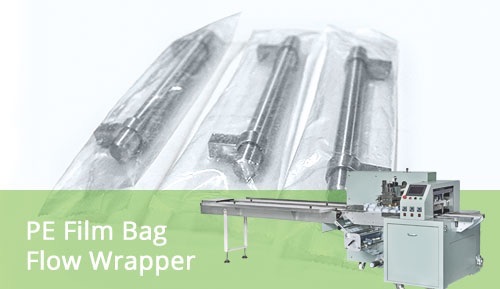
Polyethylene (체육)
Polyethylene is a widely used plastic in flow wrap packaging due to its flexibility and durability. It offers excellent moisture resistance, making it ideal for food products. PE films are also recyclable, aligning with growing environmental sustainability efforts.
Polypropylene (PP)
Polypropylene is valued for its clarity and strength. It provides a good barrier against moisture and is resistant to chemicals, which makes it suitable for a range of products including snacks, 의약품, and hygiene products.
Polyester (애완 동물)
Polyester films, or PET, are known for their exceptional strength and thermal stability. They provide a high barrier against gases and moisture, making them perfect for products that require extended shelf life. PET is also favored for its excellent printability, which enhances branding.
Cellophane
Cellophane, derived from cellulose, is a biodegradable alternative to synthetic plastics. It offers good transparency and is often used for wrapping confectionery and bakery items. Its eco-friendly nature is increasingly appealing in a market moving towards sustainable packaging solutions.
Foil Laminates
Foil laminates combine the barrier properties of aluminum with the flexibility of plastic films. They provide superior protection against light, 수분, and gases, making them ideal for products that are sensitive to these elements, such as pharmaceuticals and certain food items.
Paper-Based Laminates
Paper-based laminates offer a combination of the strength and barrier properties of plastic films with the eco-friendliness of paper. These laminates are used for products that require rigidity and a traditional look, such as baked goods and premium chocolates.
Polyvinyl Chloride (PVC)
PVC is a versatile plastic used in flow wrap packaging for its clarity and strength. It offers excellent protection against contaminants and is often used for packaging medical devices, toys, and certain food items. 하지만, environmental concerns are prompting shifts towards more sustainable alternatives.
Polyamide (아빠)
Polyamide, or nylon, is used for its exceptional strength and barrier properties. It is often employed in packaging applications that require high puncture resistance and flexibility, such as vacuum-packed meats and other perishable goods.
Choosing the Right Flow Wrap Packaging Machine
Product Characteristics
The nature of the product being packaged dictates the choice of flow wrap machine. Factors such as product size, shape, and fragility must be considered to ensure optimal packaging. Machines with adjustable settings can accommodate a variety of product types, enhancing their versatility.
Production Speed and Capacity
Production speed is a critical factor in selecting a flow wrap machine. High-speed machines are essential for large-scale operations, while smaller businesses may opt for models with lower throughput. The capacity of the machine should align with the production goals to maximize efficiency.
Quality and Durability
Investing in a high-quality, durable flow wrap machine ensures long-term reliability and performance. Machines made from robust materials and equipped with advanced technology can withstand the rigors of continuous operation, reducing downtime and maintenance costs.
Cost and ROI
The initial cost of a flow wrap machine is a significant consideration, but it should be weighed against the potential return on investment (ROI). Factors such as increased productivity, reduced labor costs, and material savings contribute to the overall value of the machine. Analyzing these factors can help in making an informed purchasing decision.
Reliable Flow Wrapper Manufacturers or Brands
Choosing a reputable food packaging machine manufacturer or brand is crucial for ensuring the quality and support of the flow wrap machine. Companies with a proven track record in the industry offer reliable products and comprehensive customer service. This can include training, 유지, 및 기술 지원, which are vital for smooth operation.
결론
Flow wrap packaging represents a pinnacle of efficiency and versatility in the packaging industry. Its ability to accommodate a wide range of products, coupled with cost-effectiveness and enhanced product protection, makes it an indispensable tool for modern manufacturers. By understanding the workings, benefits, and material choices associated with flow wrap packaging, businesses can harness its full potential to elevate their operations and product offerings. As the demand for innovative and sustainable packaging solutions continues to grow, flow wrap packaging remains at the forefront, driving advancements and setting new standards in the industry.

